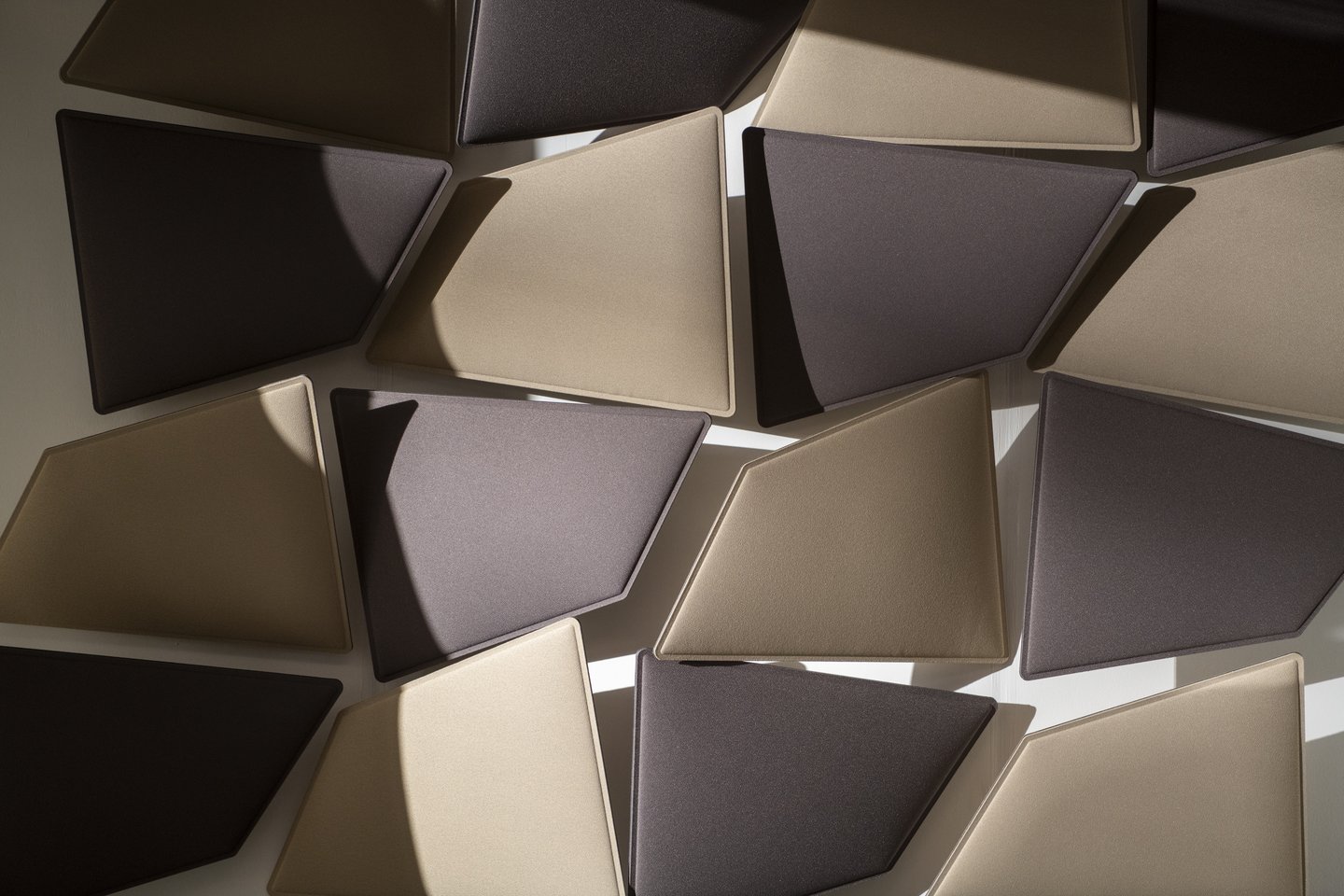
Standing as the UK’s premier workspace interiors exhibition, 2024’s Workspace Design Show returned to London’s notorious Business Design Centre earlier this year. The event brought together the most creative businesses, architects, designers and end-user occupiers from the likes of BDG Architecture + Design, Sheppard Robson, Foster + Partners, and more - all in the name of rewriting the future of workplace design.
We were delighted to be amongst the show’s 4,500 attendee’s that had the opportunity to explore 300+ unique workplace products from various renowned brands, alongside hearing from an impressive lineup of 100+ spearheading speakers who discussed the top trends set to dominate the industry.
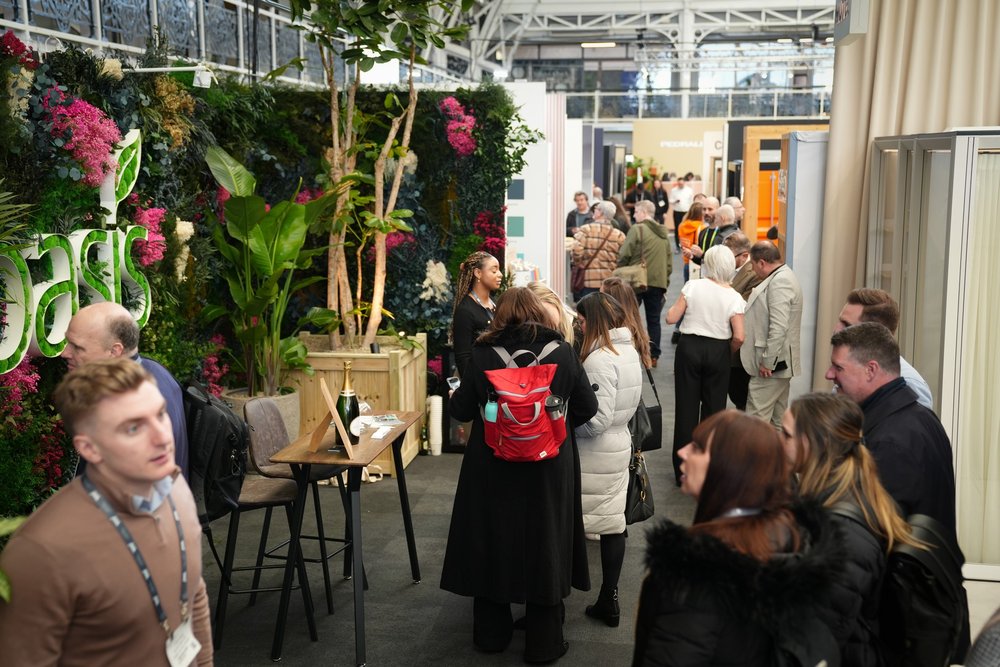
Day 1 at the Workspace Design Show (Image credit: Astery UK)
These conversations unfolded in the Design Talks Lounge - a sophisticated set-up designed by the pioneering digital design firm, Gensler. The space revolved around the exhibition’s overarching theme of ‘Bloom - Exploring the Thriving Ecosystem of Work Life’, which encourages today’s architects and designers to draw inspiration from the natural world while positively embracing the intricate, evolving ecosystem of work life.
From the continuous influence of artificial intelligence on design to exploring the complexities of the human-centred shift, here’s everything we learnt from some of the Workspace Design Show’s key conversations.
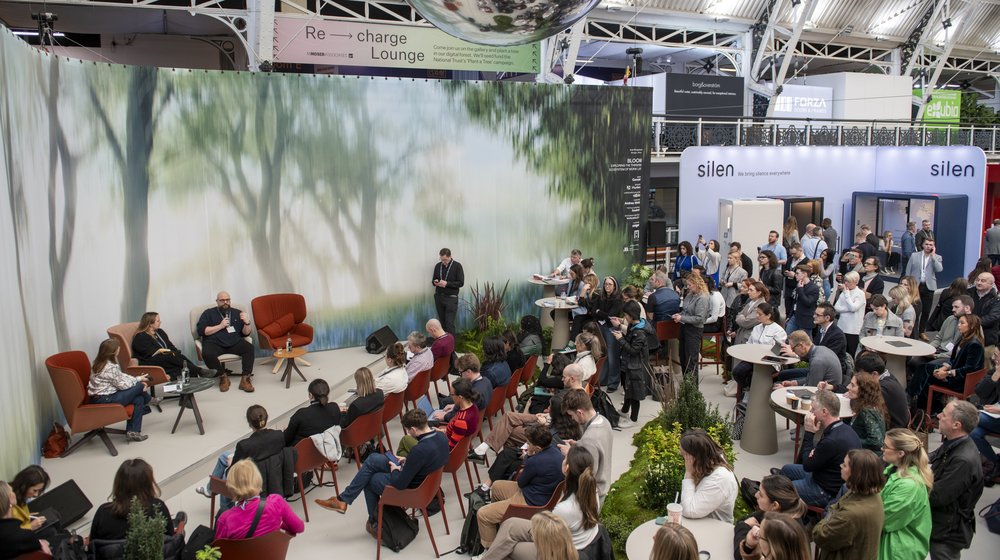
Using AI in workplace design to enhance creative output, generate innovative ideas and produce ground-breaking products . (Image Credit: Office Curator)
Artificial intelligence is the buzzword of the moment, particularly in the workplace and how it can bring about transformative changes in how we experience and interact with our professional spaces. Jennifer Bryan, Managing Director of ABChange Consultancy, chaired a thought-provoking conversation between Sherif Eltarabishy, Associate Partner at Foster + Partners, and Laurie Goodman, Strategy Director at IA Interior Architects. Together they explored the workplace evolution, meeting cross-generational needs, crafting exceptional employee experiences, and maintaining a harmonious balance between culture, space, and opportunity in modern workplaces - all while leveraging the power of AI. We learnt more about Eltarabishy's work with the Applied R+D (ARD) group which involved tackling complex challenges to deliver innovative design solutions through applied machine learning research.
It was also interesting to hear how Goodman’s strategic approach to interior design is used to create workspaces that align with organisational goals and also enhance the human experience.
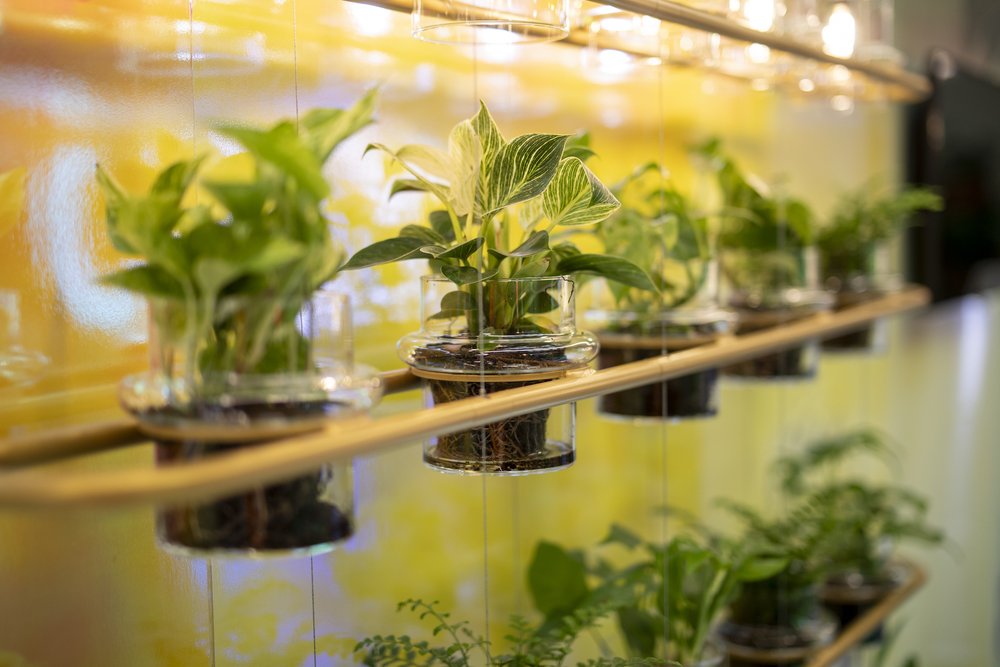
Offices will evolve to incorporate calming breakout areas, introducing mood-boosting greenery and adaptive technology solutions. Image credit: Office Curator, Workspace Design Show 2024
One of the most significant shifts in workplace design of recent years (spurred on by the COVID-19 pandemic) is the move away from a purely business-centric approach towards a more human-focused design ethos. This transformative ‘awakening’ as it was phrased, has led us to view the workplace not just as a functional setting but as a dynamic ecosystem that prioritises well-being, encourages connection, and facilitates emotional experiences.
In a discussion chaired by HCG’s Managing Director, Stephen Henigan, experts in the field explored how this shift in mindset is driving the creation of more efficient layouts, optimised workflows, and practical use of space, ultimately benefiting not just businesses, but the faces behind them.
As employee preferences continue to evolve, with many expressing a desire for hybrid or remote work arrangements, leaders are challenged to provide genuine flexibility while ensuring that office spaces remain safe, engaging, and motivating. This could involve incorporating calming breakout areas, introducing mood-boosting greenery, providing easy access to outdoor spaces, or integrating technology into the design to enhance experiences - such as touchless entry systems, adaptive lighting solutions, or collaborative tools.
Designers play a vital role in driving this positive change, transitioning from mere space planners to experienced creators who consider cognitive, emotional, and sensory aspects when designing interiors.
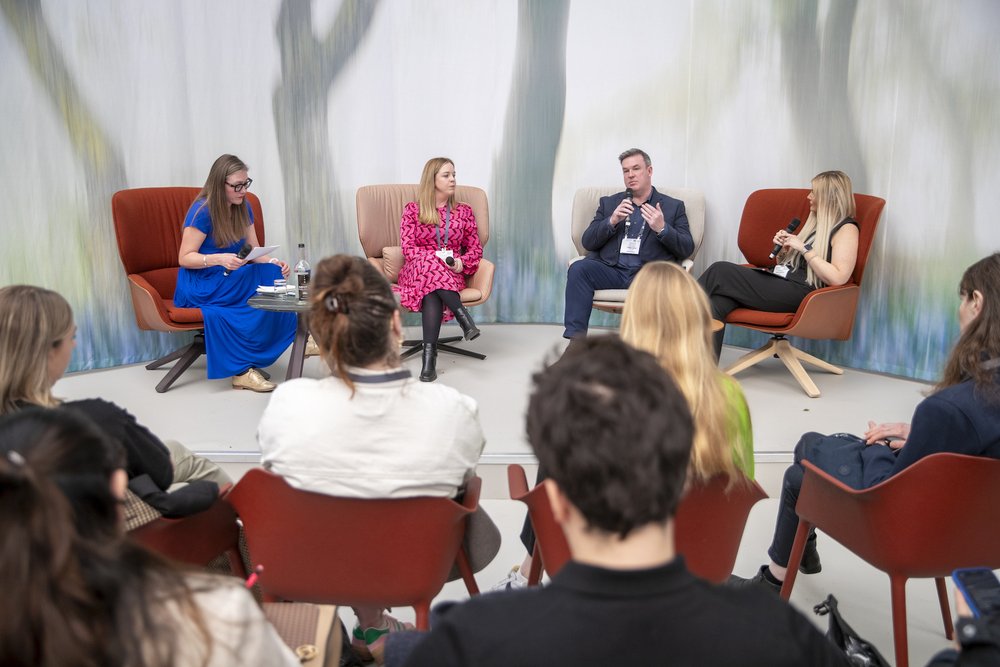
Chloe Nicholls from AtkinsRéalis, Simon Bone from Perkins&Will, Nicol Lee from Area, and Alys Bryan from Design Insider, highlighted the crucial elements of a well-designed workplace. Image credit: Office Curator
Another major topic of discussion at this year’s Workspace Design Show emphasised that effective office design transcends mere aesthetics; it's about crafting functional, supportive, and motivating environments that boost productivity, well-being, and collaboration. Insights from industry leaders such as Chloe Nicholls from AtkinsRéalis, Simon Bone from Perkins&Will, Nicol Lee from Area, and Alys Bryan from Design Insider highlighted the crucial elements of a well-designed workplace.
A truly human-centric environment considers both ends of the spectrum, creating spaces not just for collaboration and socialising - whether that’s multifunctional, technology-aided areas fit for brainstorming sessions and impromptu meetings - but for private learning and respite in more calming, biophilic areas. One of the most important factors to consider, however, is ensuring that spaces are designed for all, not just the majority. From gender-neutral restrooms, quiet rooms for prayer or meditation, or multisensory areas designed with neurodiverse individuals in mind, there are plenty of ways that businesses can demonstrate genuine inclusivity and, consequently, strengthen connections among employees.
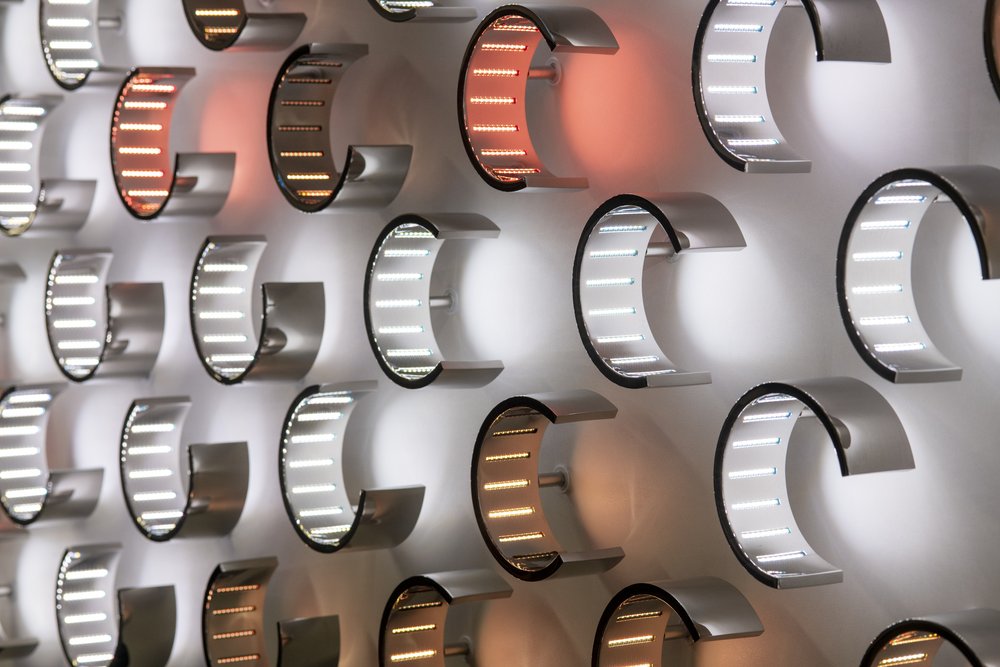
Adaptive lighting was a key discussion at the show. Image credit: Office Curator